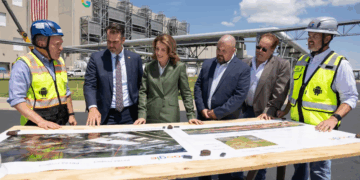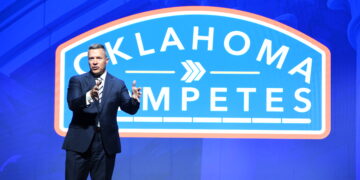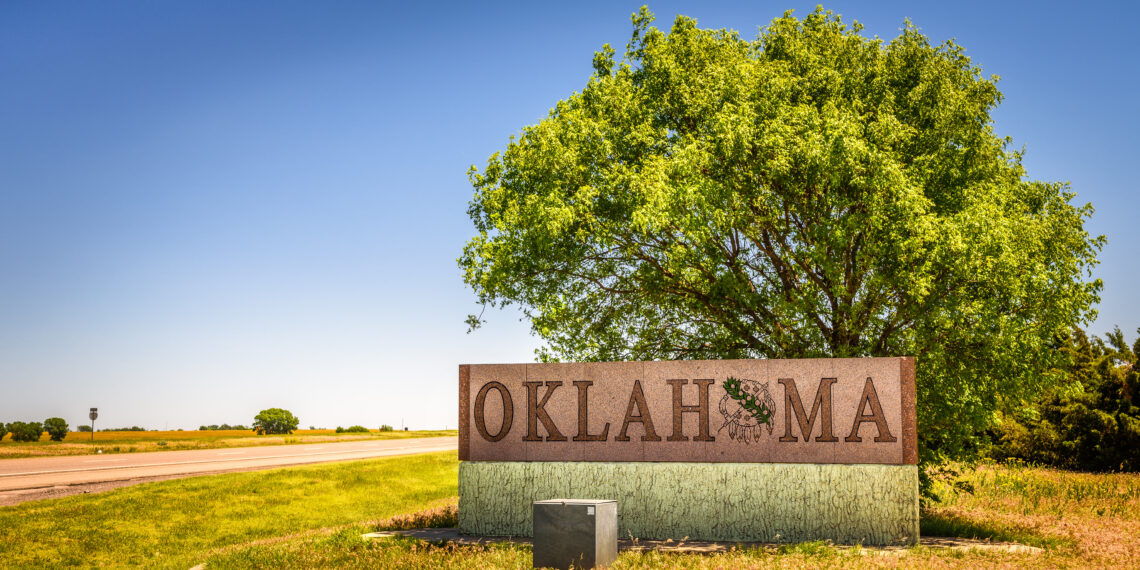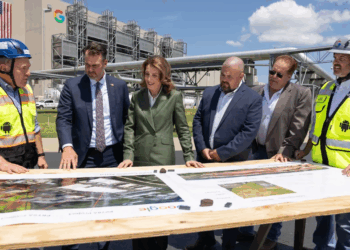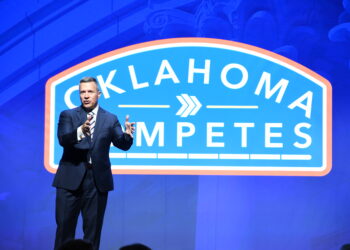OKLAHOMA (OBV) – The cost of Oklahoma’s turnpike tolls went up at the start of 2025. Now, a state legislator is calling for toll increases to receive legislative approval first.
Rep. Annie Menz, D-Norman, filed two bills last week concerning Oklahoma’s toll roads, two weeks after toll costs rose throughout the state.
The following toll cost increases went into effect at the start of the year:
- 20 percent increase for the I-44/Turner, I-44/Will Rogers, I-344/John Kilpatrick and I-335/Kickapoo turnpikes;
- 15 percent increase for the I-44/H.E. Bailey, Creek, Indian Nation and Muskogee turnpikes; and a
- 10 percent increase for the the Cimarron, Cherokee and Chickasaw turnpikes.
West Tulsa’s Gilcrease Expressway will not get a toll increase until early 2026 because it is on a separate trust indenture.
The average turnpike driver and PIKEPASS customer will experience a 1-cent per mile toll increase, with those drivers now paying an average of 7 cents per mile instead of the previous 6 cents per mile, according to Oklahoma Turnpike Authority (OTA) officials.
Menz filed two toll road bills.
HB 2097 requires legislative approval before turnpike toll increases. HB 2093 establishes a bond debt ceiling for OTA.
“As Oklahomans, we have a Legislature of Representatives and Senators designed to best express and meet our concerns and needs. We work hard to maintain close relationships with our constituents and my constituents have been abundantly clear with me about their concerns and needs when it comes to turnpikes.” Menz said. “Oklahomans should not be kept out of the loop when Oklahoma Turnpike Authority wants to raise their tolls. Additionally, folks should be allowed to know the financial standing of something they are paying into. I believe that with my proposed legislation creating a bond debt ceiling for Oklahoma Turnpike Authority, and requiring legislative approval for toll increases, we would ensure Oklahoma taxpayers and turnpike users the kind of transparency that they deserve. Oklahomans should have a say in their toll increases and where their money is going, and these bills are a great start.”
The toll cost increase has provoked criticism from both sides of the aisle in the Oklahoma Legislature. Rep. Gabe Woolley, R-Broken Arrow, also said toll increases should be approved by the legislature.
“This would put the power back into the hands of the people via their elected officials,” Woolley said. “Having to pay to drive across your own home state is already frustrating enough for many Oklahomans. Citizens feeling like they are further removed from having a say in the process is perhaps even more frustrating. I do not support these turnpike fee increases or the manner in which they are determined and enforced. I am, however, encouraged to hear that there is interest among the state Legislature to hold the Turnpike Authority accountable to the people of Oklahoma.”
OTA officials said future toll increases are planned, specifically a 6 percent toll rate inflationary increase every other year starting Jan. 1, 2027.
“These rate adjustments will be reviewed annually in consultation with OTA’s traffic engineers as required by the Authority’s Trust Agreement. Upon review, the Board will consider adopting the inflationary adjustment to the schedule of tolls sometime before each effective date,” OTA officials said.
OTA Executive Director Joe Echelle says Oklahoma has some of the lowest toll rates in the nation when compared to the national tolling average of 22 cents per mile.
However, Oklahoma has 10 turnpikes that span 606 miles of the state’s 4,342 National Highway System miles, which amounts to 14 percent of those highway miles being Oklahoma’s toll roads. TollGuru shows that Oklahoma has the second highest number of toll roads in the nation. Florida has the most.
Toll revenue is the only funding source for the turnpike system’s operations, maintenance and debt payment, according to OTA officials.
The new toll increase will support planned investment in the turnpike system through ACCESS Oklahoma, OTA officials said.
Officials described ACCESS Oklahoma as “a long-range plan to keep turnpikes safe, reliable and make travel across the state easier.”
OTA’s ACCESS Oklahoma plans will require 15 years to complete and cost an estimated $8.2 billion. Those plans include the following:
- Widening several turnpike corridors to six lanes;
- Improving pavement and bridge conditions;
- Creating new access to communities along the corridors;
- Improving emergency response times;
- Completing the Oklahoma City Outer Loop; and
- Constructing a new route to relieve traffic in the I-35 southern corridor.
Oklahoma’s toll costs have not kept up with inflation, OTA officials said.
Those officials referenced Turner Turnpike’s $4.50 toll rate in 2024, saying that the rate had only went up a few dollars from Turner’s $1.40 rate when it opened in 1953.
“It’s important that we remain competitive and affordable while balancing the increasing costs of construction, maintenance and operations. OTA is committed to providing safe, high-speed highway infrastructure and key corridor connections to the tax-supported state highway system,” Echelle said.
The aforementioned 1-cent per mile toll increase will help fund the widening of the Turner Turnpike corridor as well as other safety and improvement projects.
Woolley contends that toll increases should be subject to legislative oversight.
“I encourage Oklahoma state elected officials to push for any financial adjustments that impact the people of Oklahoma to be approved by the state Legislature,” he said.




